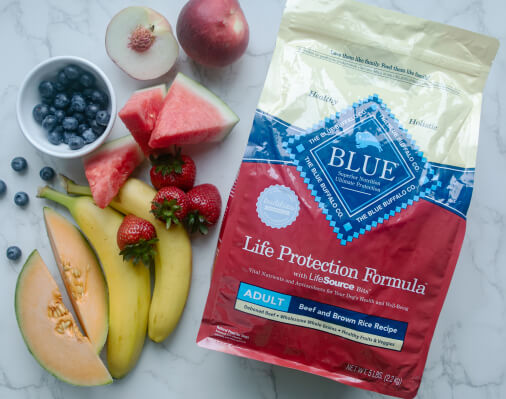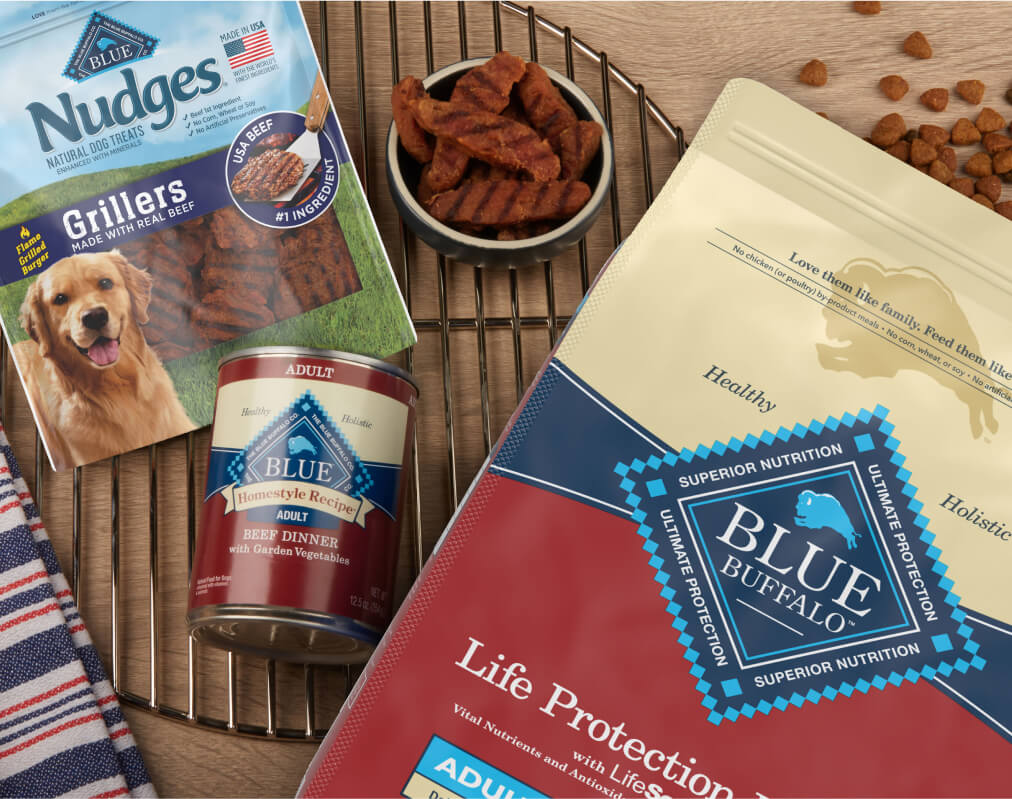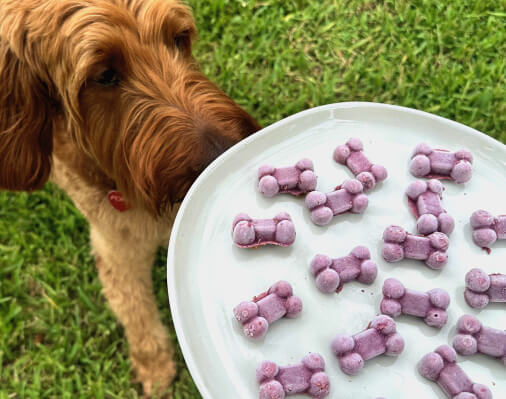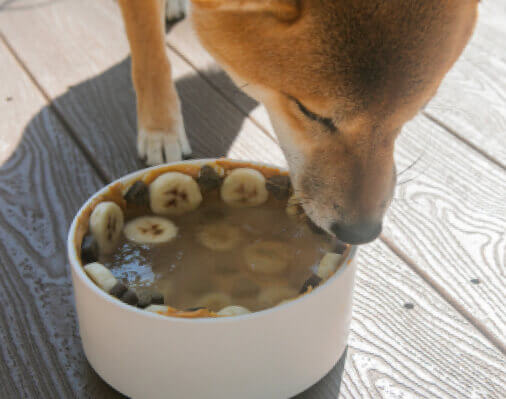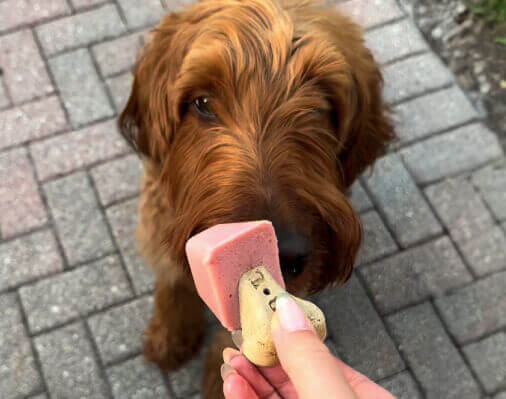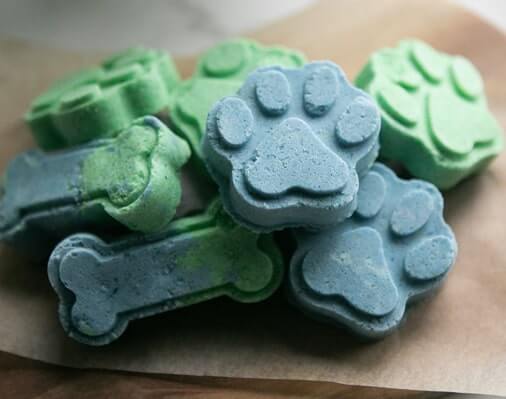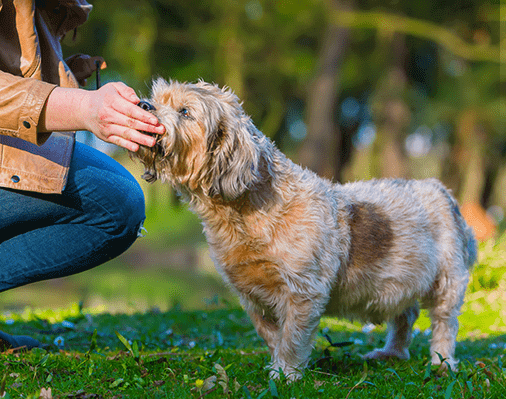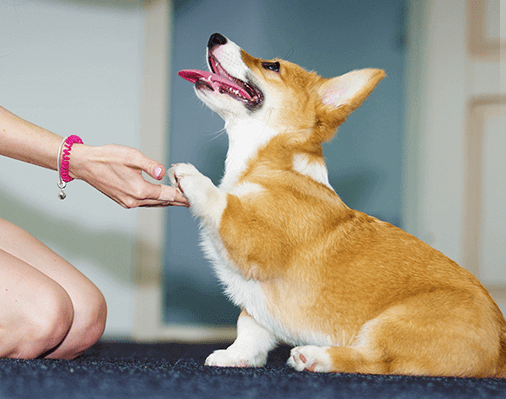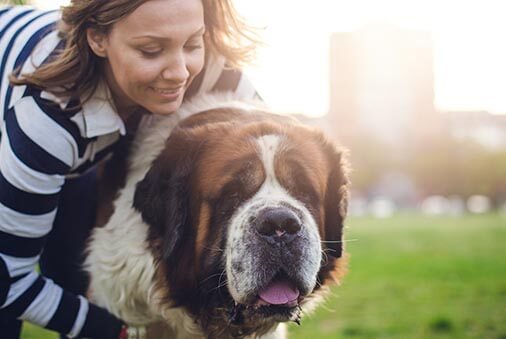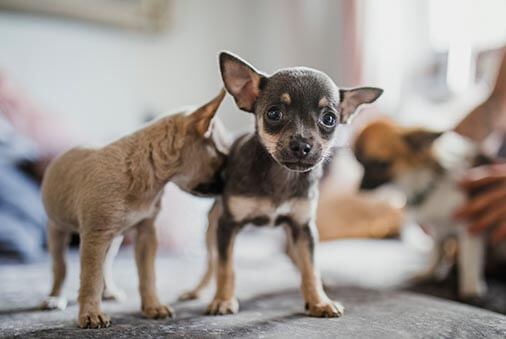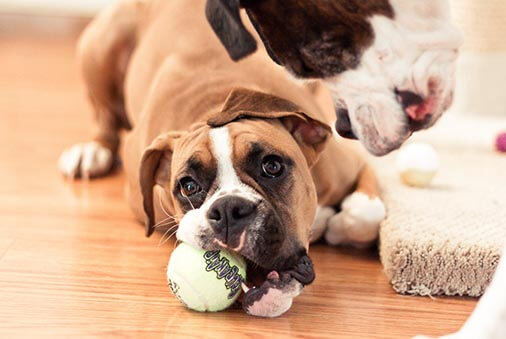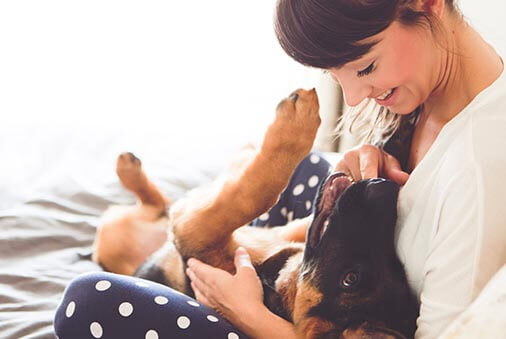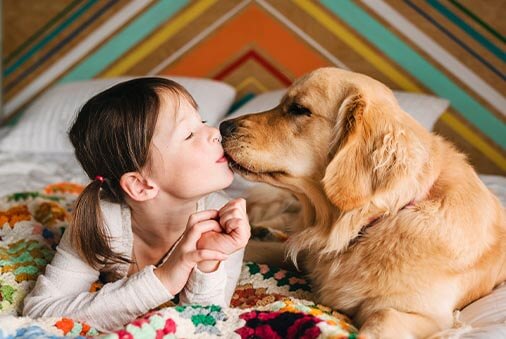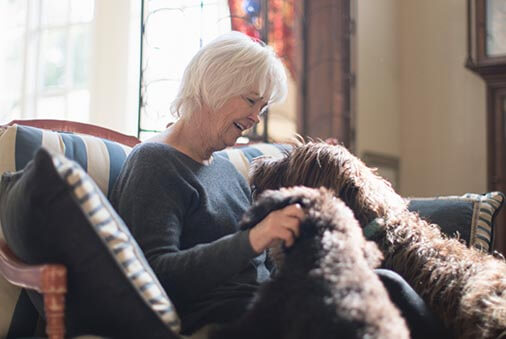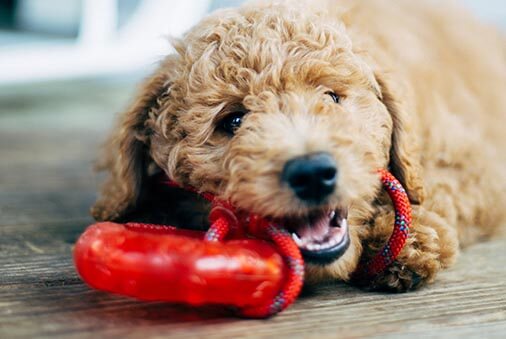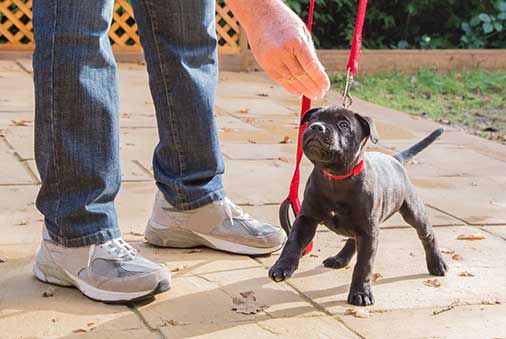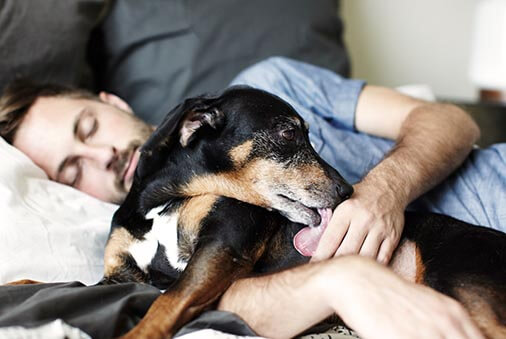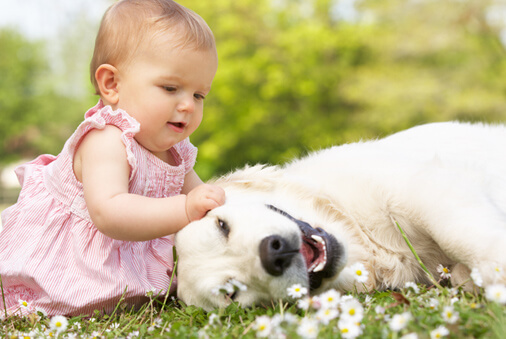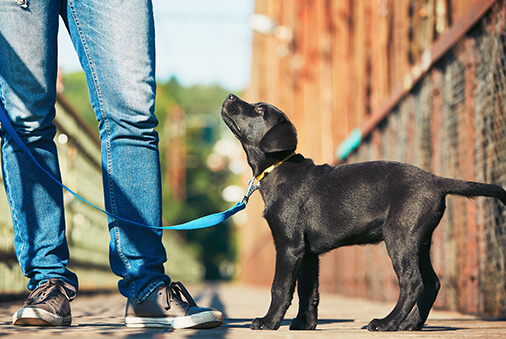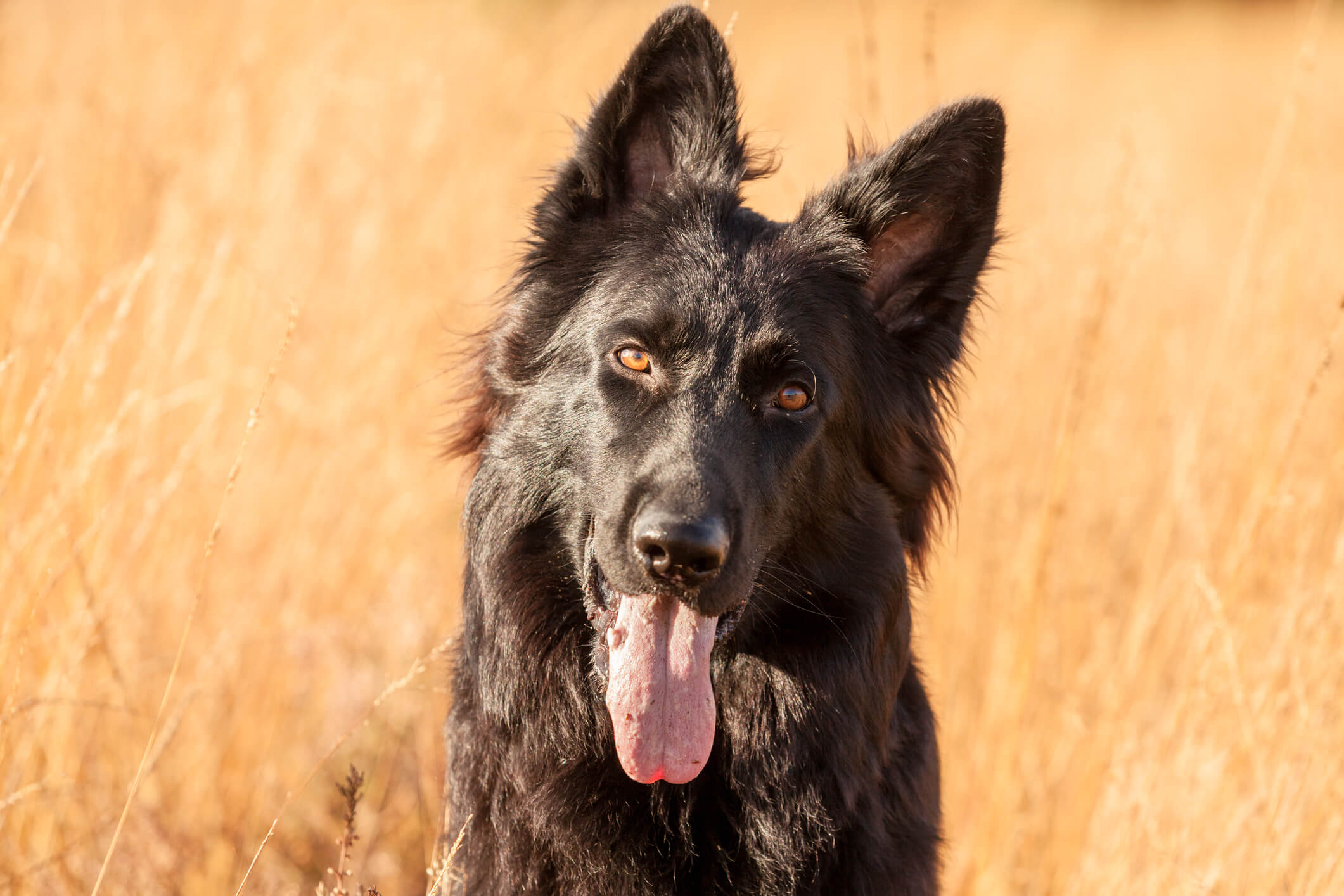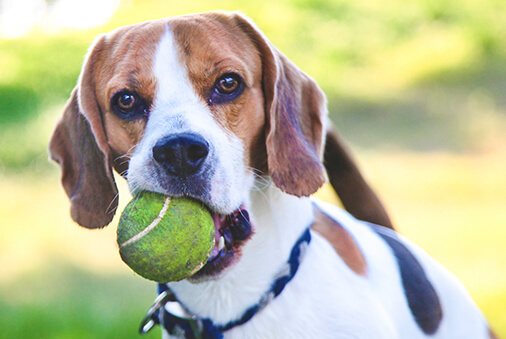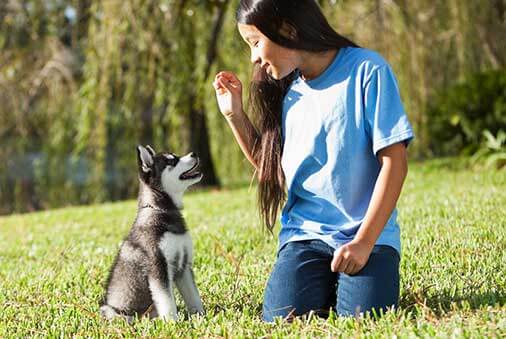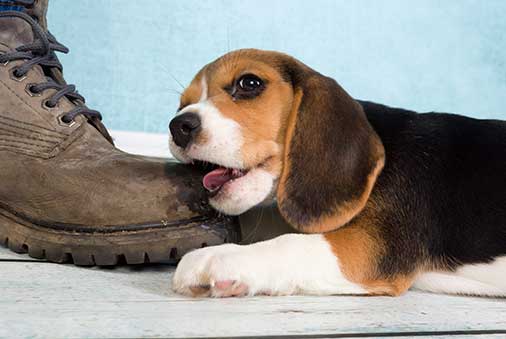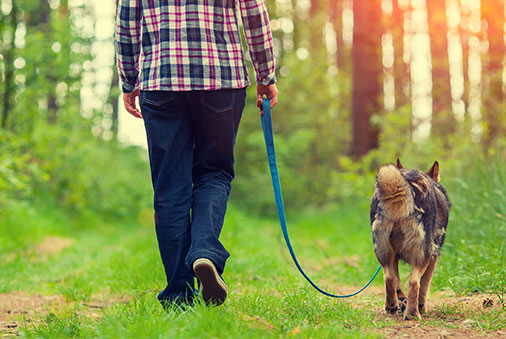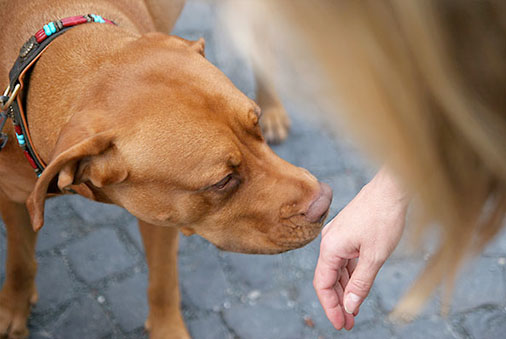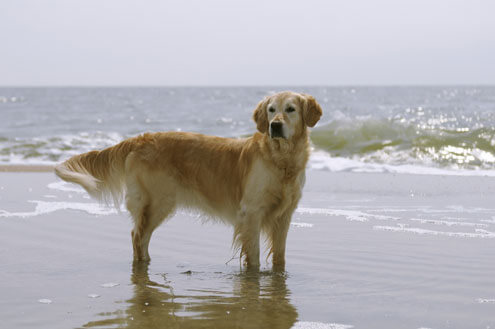Whether you’ve just brought home an adorable little puppy or an equally adorable grown-up pup from the shelter, you’ll need to name the new love of your life! But you can’t choose a name and expect your dog to respond instantly. You need to teach your future best friend that when you say his name, he needs to pay attention to you. We break down when (and how) a dog learns his name so you know the right time (and way) to make him respond.
WHEN A DOG LEARNS HIS NAME
A puppy can learn his name at 12 weeks.
Eight to 12 weeks is the ideal time to bring a puppy home — his hearing, vision, and motor skills will be developed. Even better, you’ll able to get his attention. This is the age when you should begin teaching your pal his name. Trying to teach a puppy younger than 12 weeks will result in frustration for both of you.
An adult dog can relearn a new name at any age.
If you’ve adopted a dog from a shelter or rescue, you don’t have to keep the name. Often, dogs are surrendered with no paperwork, so the shelter name might not be a name your new pal even knows!
HOW TO TEACH A DOG HIS NAME
Keep it short, end with a vowel, and don’t use a name that sounds like a command.
1. You may be tempted to name your dog “Who’sAGoodBoy,” but a two-syllable name is ideal. Test the name by repeating it over and over; if you get tired of saying it, it’s a deal-breaker.
2. A name that ends in a vowel makes it easy to get your dog’s attention; dogs distinguish more frequency ranges than we do.
3. Avoid names that sound like commands (“Tray!” and “Kit!” — enough said).
Wait until your dog turns toward you and say his name in a happy tone. Acknowledge the name with a clicker or word to let your pup know this is the right reaction (“Yes!” and “Good!”) and immediately give him praise and treats. Repeat several times a day and your pal will turn toward you every time he hears his name.
Variation for a dog that already has a name: Add the new name to the current name and use the same technique. If your adopted dog’s name is “Max” and you want to rename him “Captain,” you would say “MaxCaptain!” then eventually drop the first name as he gets used to it.
Keep the name game going.
Once you have him looking, move across the room and say his name. When he masters across-the-room naming, wait until he looks at you directly before treating and praising him. Once you get his attention every time, always give praise but intermittently treat. Finally, head to a place with distractions like your backyard or a park and practice there.
If your pal isn’t responding, be persistent.
Move to a less distracting place. Or try using cooked meat or vegetables as a different reward. Remember to always praise when you treat.
Consistency with positivity is key.
Make sure you associate your pup’s name with positive behaviors. It’s easy to fall into scolding when your pup is doing something wrong; this negatively reinforces the sound of his new name.
Naming your pet is one of the most important things you’ll do as a Pet Parent — and one of the most fun! Our tips will help your new pal learn that his name means treats, belly rubs, attention, and all good things.




